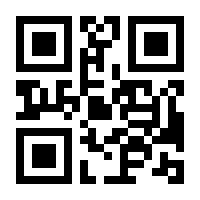
×
![Buchcover ISBN 9783662141717]()
„This book’s aim is to provide training in the main subjects of quantum many-body theories, in order to understand and predict the properties of macroscopic matter arising from the interactions between its elementary constituents, with an interdisciplinary perspective, and from the development of fundamental theoretical techniques to practical applications. [...] This book will be valuable for graduate students and researchers interested in the study of quantum many-body systems in particle, nuclear, molecular, atomic or condensed matter physics, or in quantum optics and quantum field theory.“ (Mathematical Reviews 2001f)
Microscopic Quantum Many-Body Theories and Their Applications
Proceedings of a European Summer School, Held at Valencia, Spain, 8–19 September 1997
herausgegeben von Jesus Navarro und Artur Polls, übersetzt von M. BroscheQuantum many-body theories have become an essential tool for all physicists. The field is interdisciplinary, predicting the properties of macroscopic matter based on the fundamental interactions between the elementary constituents. This book presents a systematic and pedagogical approach to the coupled cluster method, correlated basis function theory and Monte Carlo methods. These topics are widely recognized and provide the most powerful and widely applicable theories of all available formulations of QMBT. As the future evolution of QMBT depends to a large measure on establishing links between these different methods, the authors discuss hyprid procedures that can build even further upon the huge strengths and great advantages of each theory.



